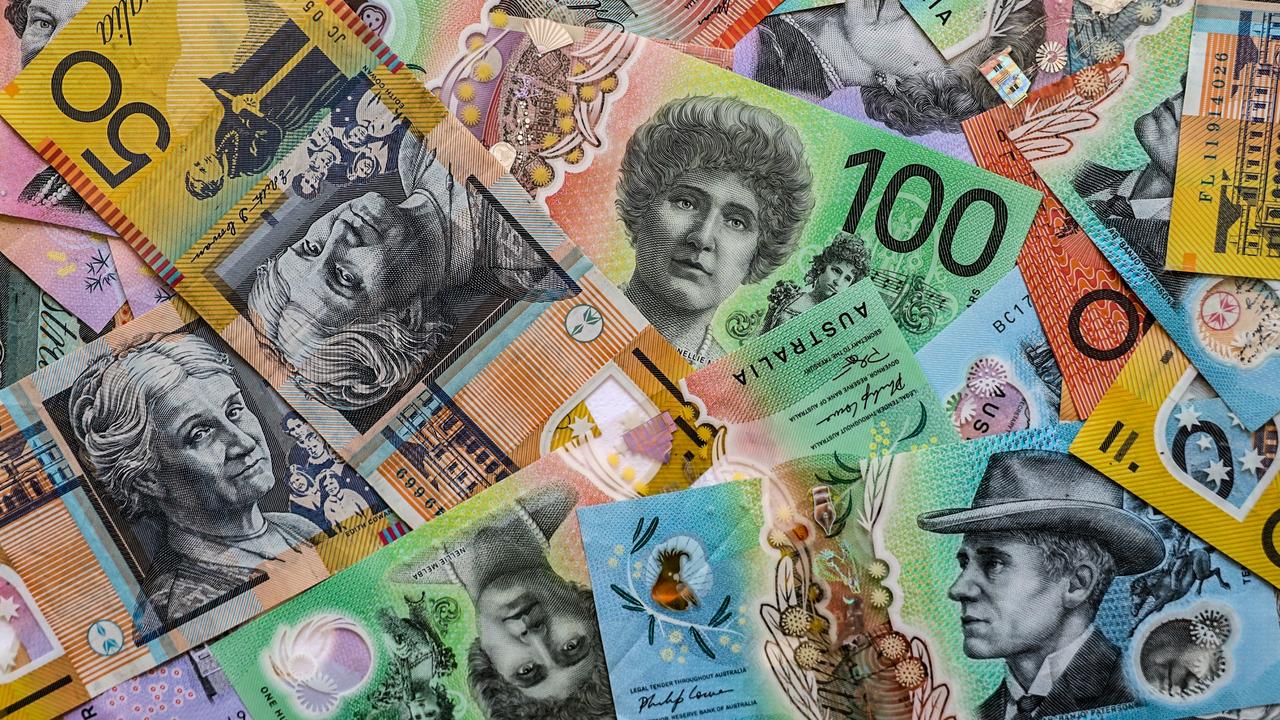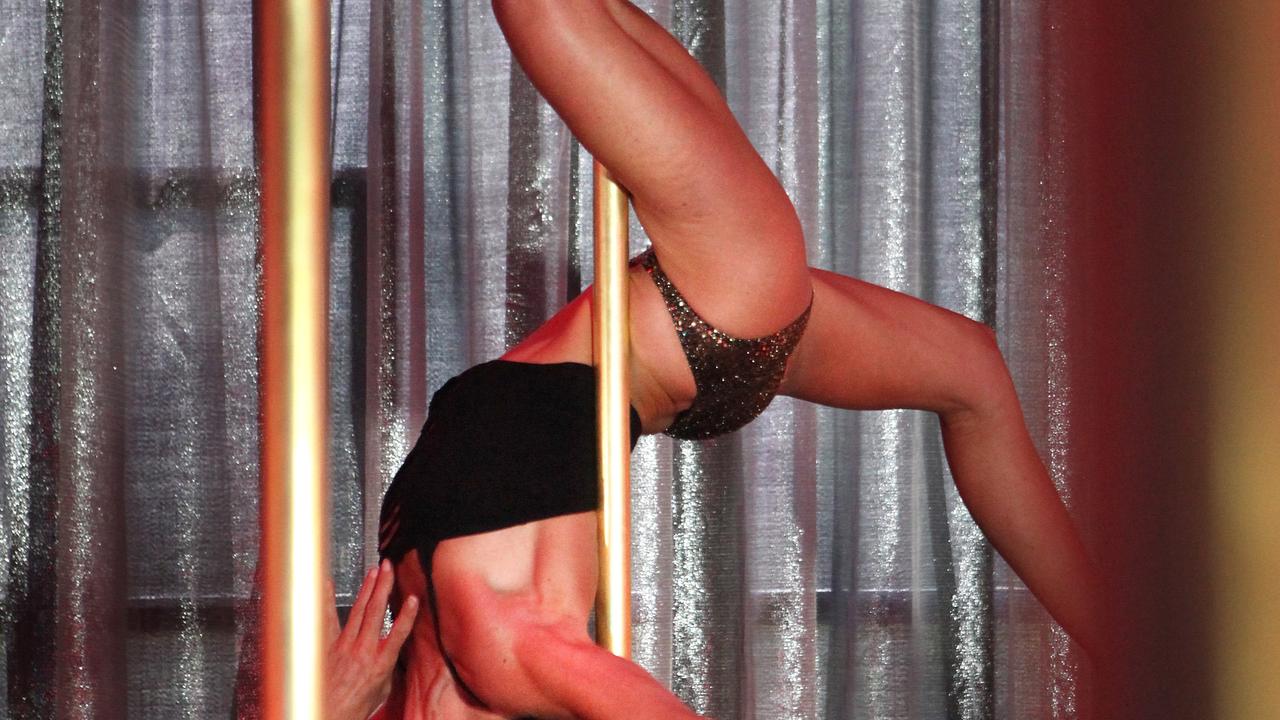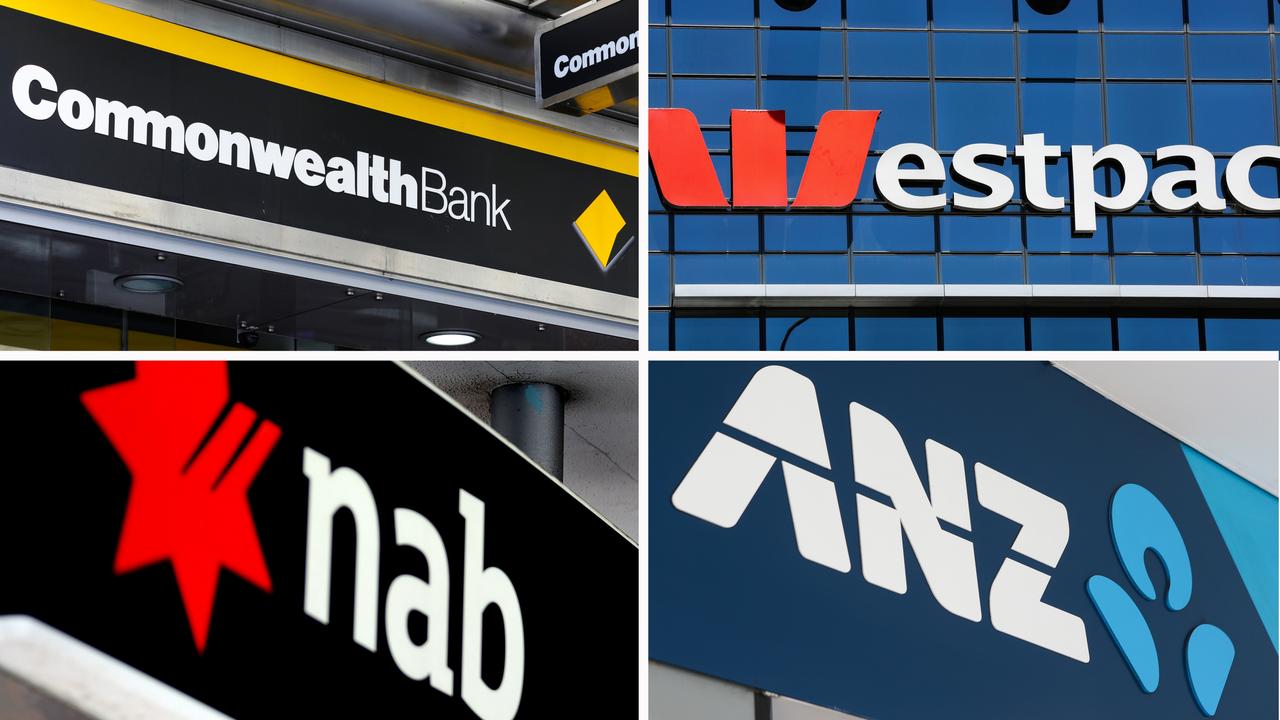‘This is just the beginning’: Fixed rate demand to surge following Westpac rate hike
WESTPAC’S shock decision to jack up its home loan rate may signal “the end of the good times”. What should you do about it? Here’s some advice.
THE head of the peak body representing Australia’s mortgage broking industry says Westpac’s shock decision to raise its variable home loan rate for owner-occupiers by 20 basis points signals the “end of the good times”.
Westpac yesterday became the first bank in three-and-a-half years to raise rates out of step with the Reserve Bank. At 5.68 per cent, a borrower on an average $300,000, 30-year loan will pay around $14,000 extra, or roughly $500 a year.
Peter White, chief executive of the Finance Brokers Association of Australia (FBAA), said now was the time for homeowners to seriously consider locking in their mortgage with a fixed rate, tipping that all the major banks would soon follow suit.
“This is just the beginning,” he said. “It may not happen straight away, but regardless of what the RBA does I think over the next six to 12 months there will be at least a couple of rate hikes to come from the banks.”
AMP Capital chief economist Dr Shane Oliver said the RBA would likely be forced to pick up the slack by cutting the official cash rate by a further 25 basis points to a historic low of 1.75 per cent at its November meeting to avoid a hit to household spending.
Opposition leader Bill Shorten today described Westpac’s decision as “corporate greed”, saying the business case had not been made out by the bank. “I sincerely hope [the other banks don’t follow],” he said. “The community backlash will be enormous.”
FBAA’s Mr White said the Australian housing market had been through an “extraordinary period” not seen in his 37 years in the industry. “We’ve had 4-5 per cent interest rates when probably we should have been having 7 per cent,” he said.
“My instinct is saying it probably is the end of the good times. We may not be getting back to the dark old days of 18.5 per cent in the ‘70s and ‘80s, but at some point in the next five years normal rates will be around that [7 per cent] mark.”
Mr White cautioned borrowers to shop around and only take a fixed rate if it suited their circumstances. “If you’re planning on an extension or a pool or any kind of renovation in the near future, taking a fixed rate is going to work completely against you,” he said.
The Herald Sun reported today that despite low interest rates, mortgage stress is already taking its toll, with 1749 Victorians having homes, units, businesses or land repossessed by the major banks and lenders since July last year.
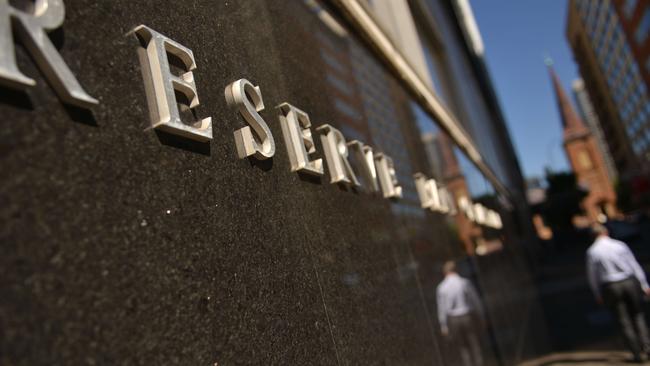
Mr White said higher rates would hopefully not lead to a wave of foreclosures. Lending regulations require borrowers to be assessed on their ability to repay a loan at 2 per cent higher than the current interest rate.
“Unfortunately you can’t control what people might do after getting a loan,” he said. “They might take out a car, credit card or personal loan, and unfortunately that can put pressure on them when interest rates rise.”
Demand for fixed rate loans peaked in December 2013, when they accounted for 33 per cent of all loans written, to around 17 per cent today, according to data from Mortgage Choice.
Mortgage Choice spokeswoman Jessica Darnbrough said she expected to see an uptick in fixed rate demand starting early next year, but wasn’t expecting a flight of customers away from Westpac as a backlash.
“Definitely there will be some people out there that won’t be happy and will do their research and look around, but at the end of the day interest rates are at historic low levels — they were going to go up eventually,” she said.
“People are taking out 30-year loans, and they know interest rates will fluctuate over that time.”
Michelle Hutchison, money expert with comparison website Finder.com.au, said with some three-year fixed loans — the most popular among borrowers — below 4 per cent, now was a good opportunity.
“Fixed rates are usually a good indicator of the direction of home loan interest rate directions, as they tend to move before the Reserve Bank cash rate and variable rates,” she said.
“Fixed rates have been falling slightly for some time, with the average three-year fixed rate now at 4.54 per cent.”
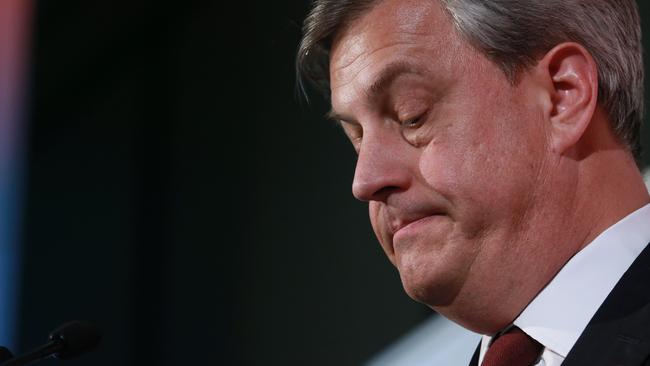
Ms Hutchison warned that there was a risk if fixed rates kept falling, borrowers could lock in a higher rate and miss out on a cheaper deal down the track. “But we are in a very unusual lending environment where lenders are moving their rates out-of-cycle,” she said.
“This is making it more difficult to guess which direction interest rates will take and can be very unsettling for borrowers, particularly those who are already stretched with their budgets.”
Asked at a business lunch on Wednesday whether NAB would follow Westpac, chief executive Andrew Thorburn said the banking giant’s mortgage rates were under review.
“I think we are very comfortable with the position we’ve got but obviously, as with all products and services, it’s something that you react to the market and review on an ongoing basis,” he said.
The Commonwealth Bank said it was yet to decide. “We’ve made no decision on our rates, which remain on hold,” a statement from the Commonwealth Bank said yesterday.


